There exists a peculiar and multi-faceted dichotomy in Nepal. An anachronism when it first began engaging the west in the mid nineteen fifties, much of the old, quaint, mythical charm that beaconed people to the high Himalayas then, still extant to this day, continues to call successive generations in search of something more. For many of the rug and carpet luminaries who contributed images and stories of their favourite Nepali carpets, this juxtaposition between new and old – modernity and antiquity – is precisely what influences their design, fuels their creativity, and makes possible the beautify carpets we as western consumers enjoy.
As an industry we bring modernity with all of its inconsequential demands to a place where subsistence agrarian culture still dominates the economy, where manual labour is a way of life, and were exploitation (in wide ranging and various forms) is still a major concern. We also have the ability to bring hope, compassion, understanding, and as I’ve called for, real empathy for the Nepali people. We do this by honouring them for all that they’ve done for us, and by continuing to work with them as they rebuild their country. They are a “patient, studious, artistic, nuanced and extremely hard working people, and I would not be who I am without them.” says Tom DeMarco of Kooches, speaking words universal to any serious designer of modern carpets. With that, The Ruggist presents a photographic journey that explores the best of Nepali made carpets.
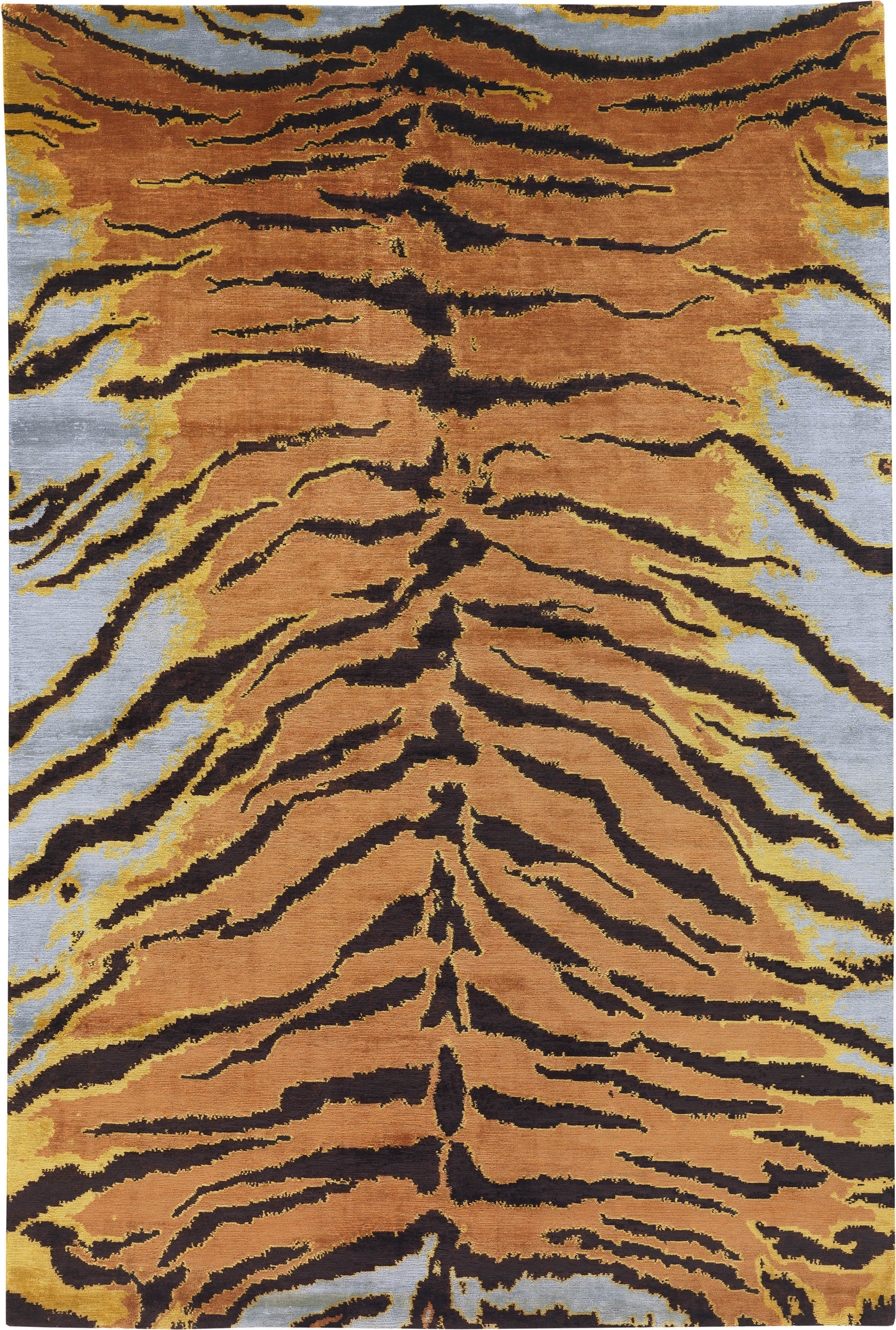
Where else could we begin other than with a carpet best described as Quintessential. Inspired by the traditional symbolism and vibrant colours of Nepal, Carinilang has created a carpet that embodies the melding of the old – an indigenous motif, ancient Tibetan handknotting techniques and natural dyes, with the new – abstraction of the design and recherché materials (100% silk pile), in a chic bohemian version of a carpet design that predates our modern carpet industry. ‘Our vision is to understand the gap between the past and the present and bring them together to make modern woven art.’ says Joe Carini.
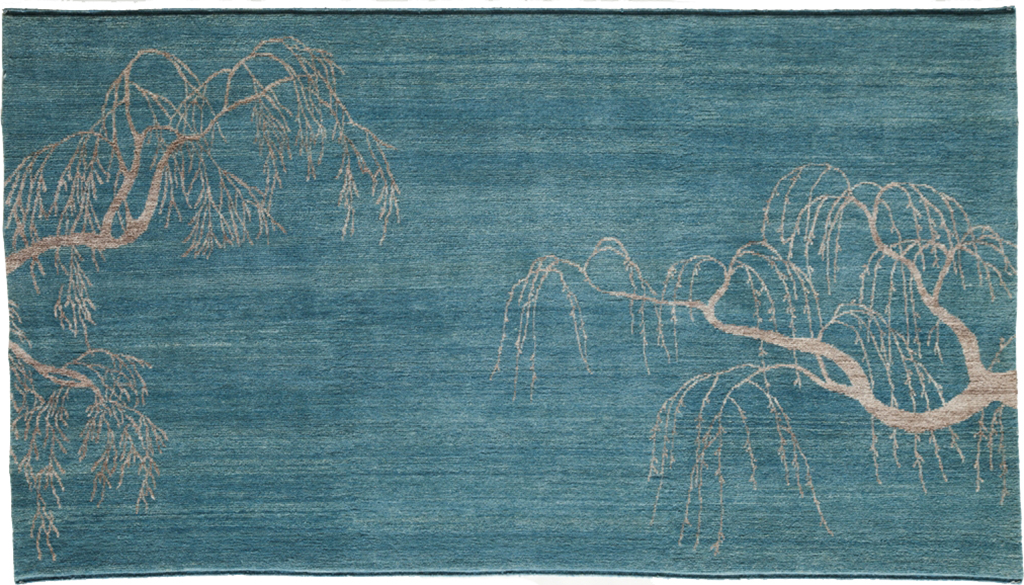
What is it that catches your eye? The delicate branches silhouetted against a single colour field, the sophisticated yet uncomplicated colour palette, or is it that fact that this carpet is woven, what I would call, sideways? Broadly speaking a carpet’s width is measured across the loom (with the weft) while its length is measured up the loom (with the warp). Thusly most carpets are “A”ft wide and “B”ft long with “B” greater than “A”. Not in this case however and that makes this custom Kooches carpet (made for a rug aficionado’s foyer) unique amongst its peers here today exemplifying what can be done when circumstances warrant customization.
[wc_row]
[wc_column size=”one-half” position=”first”]
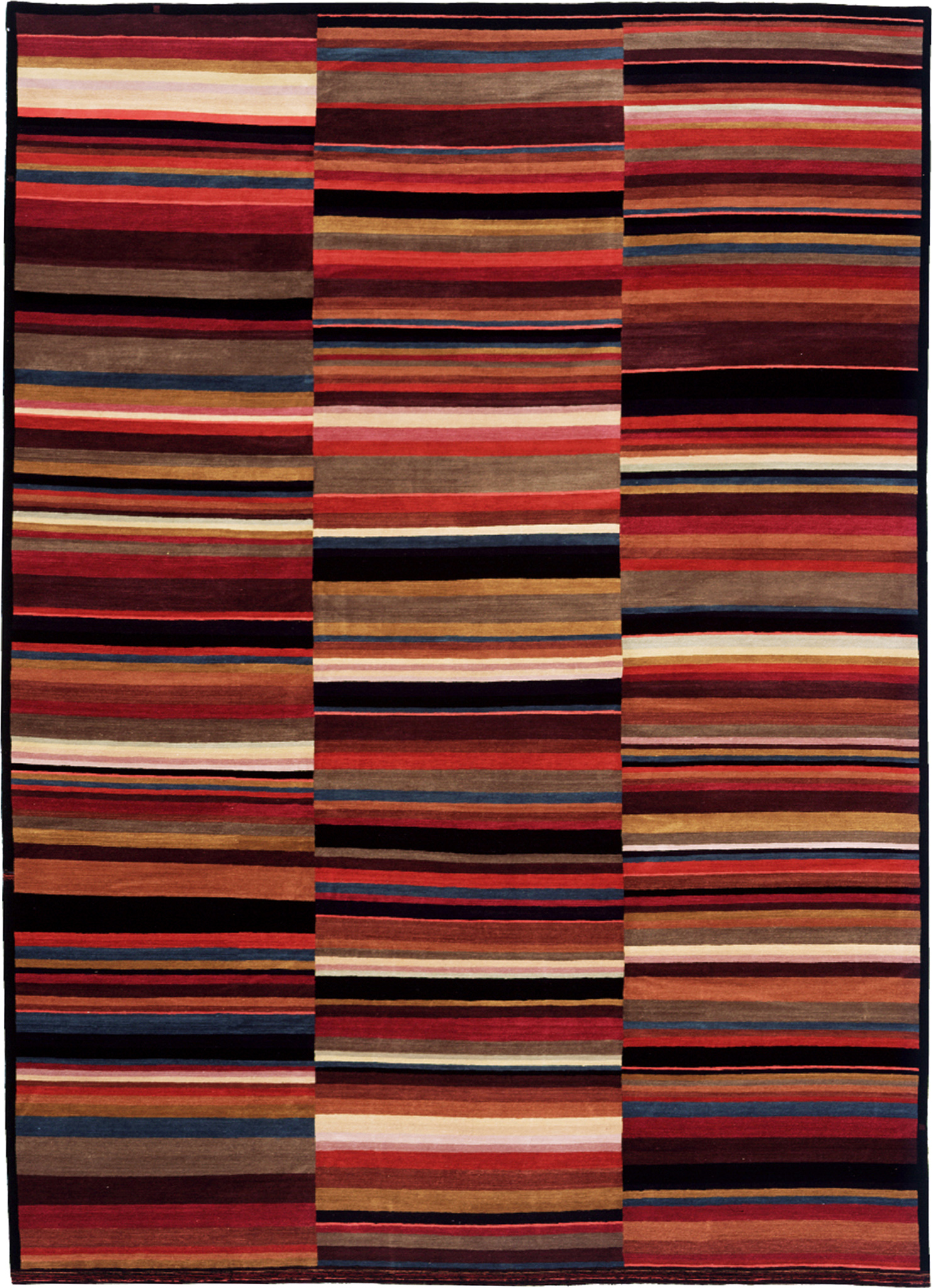
Odegard was at the vanguard of the Nepali carpet industry when ‘Pangden’ was designed in 1987. Inspired by actual Tibetan pangdens collected during her travels to Nepal and Tibet, and executed in the – at the time rare but now – de rigueur 100 knot Tibetan Quality, the design later evolved into a collection of over 20 Pangden designs. To this day the carpet remains one of the firm’s signature pieces.
[/wc_column]
[wc_column size=”one-half” position=”last”]
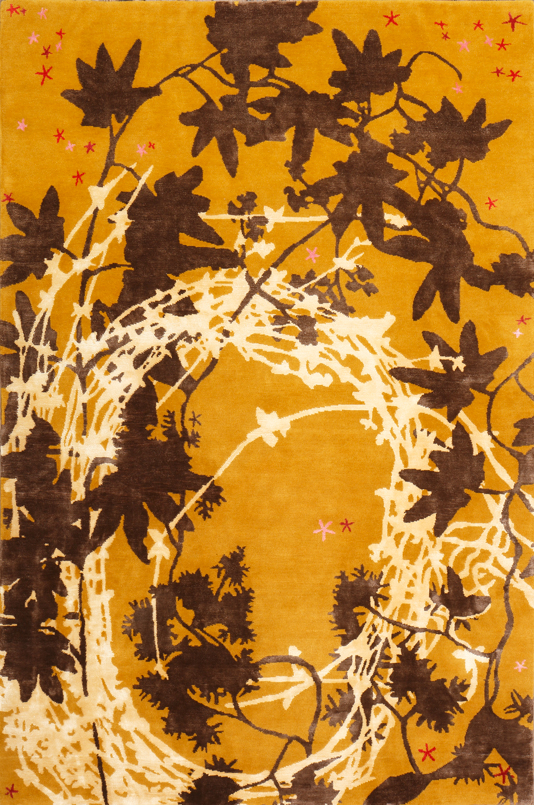
While the concept of bold graphic styling, abstraction and silhouetting of both the natural and manmade, and the layering of elements may not be entirely unique to artist Amy Helfand, her deliberate and meticulous styling, eye for colour and composition, and liveliness all but define this genre of carpet design. Truly an appropriately named design in a feature that brings attention to those who make our carpets.
[/wc_column]
[/wc_row]
[wc_row]
[wc_column size=”one-half” position=”first”]
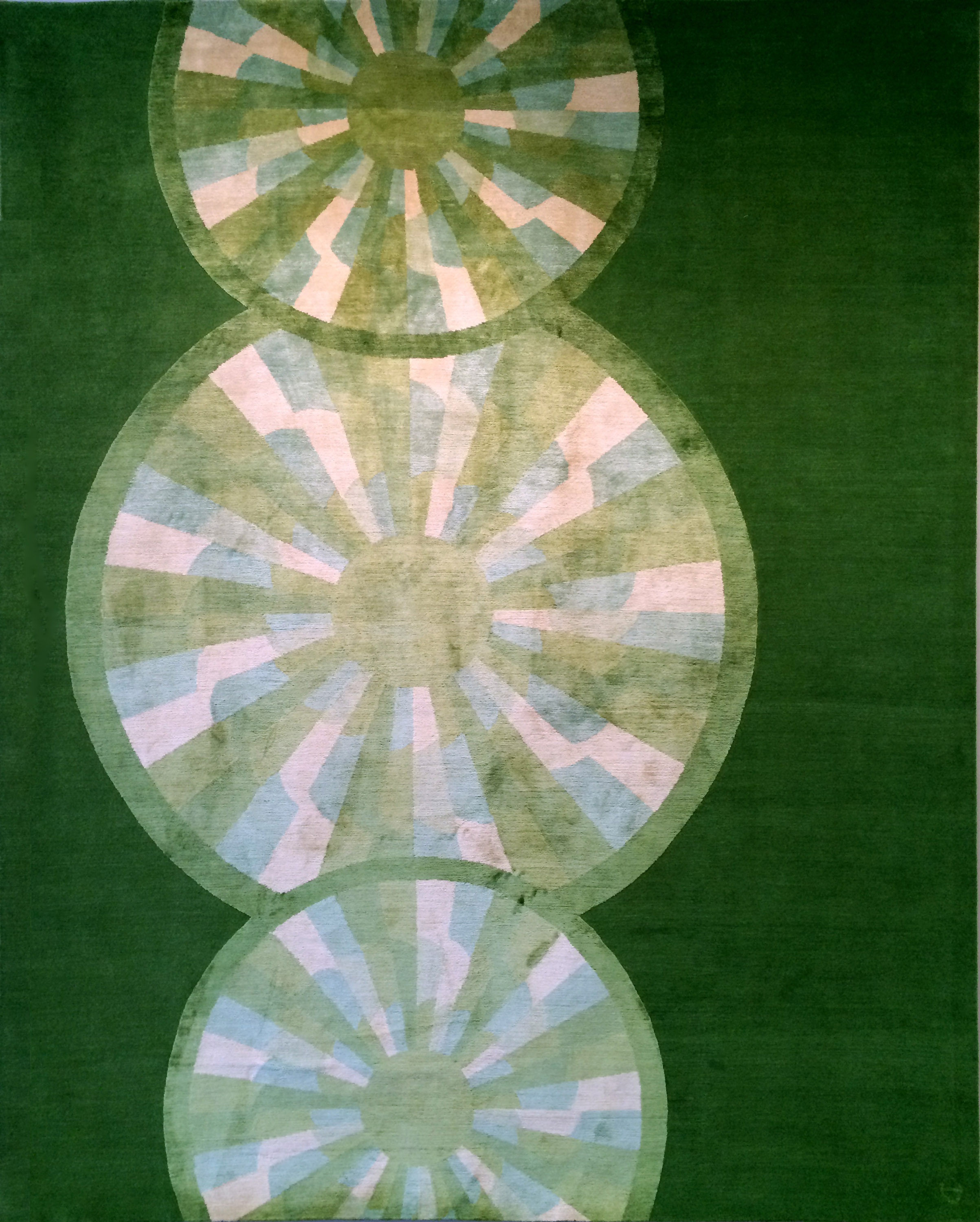
Set upon a rich, vibrant, and subtly abrashed single field colour of wool, the raised geometry of the gem-like silk elements shimmer with a lightness reminiscent of watercolour. This contrast between the relatively matte wool and the comparatively glossy silk remind us the roll material selection can play in how a design is perceived, while the deft use of the “rule of thirds” gives the structured beauty we have come to expect from Emma Gardner.
[/wc_column]
[wc_column size=”one-half” position=”last”]
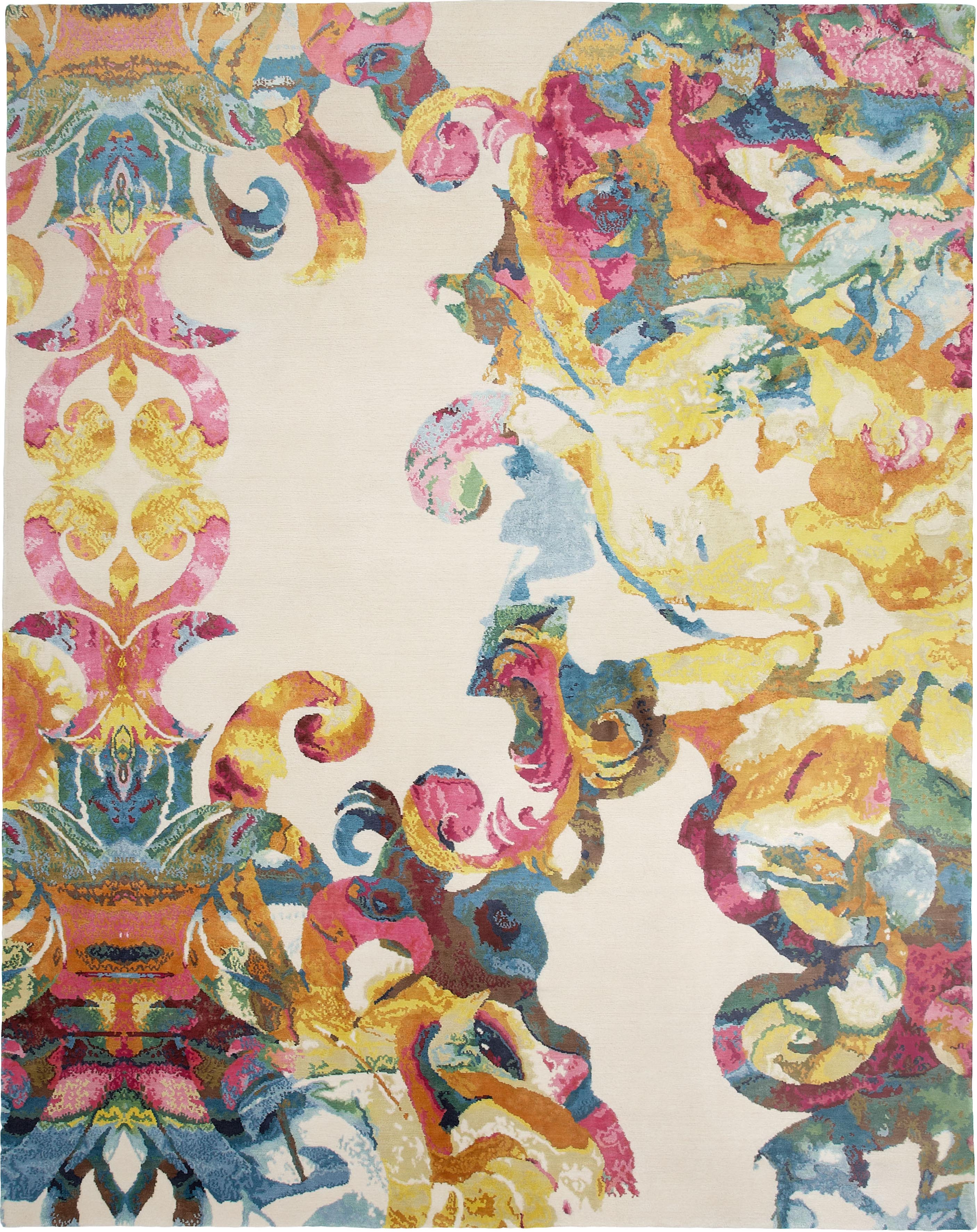
This is not the first time The Ruggist has written about this carpet and with good reason. The appeal of this design from Creative Matters, which brings asymmetrical and large scale damask like elements that appear to have been cut from a Technicolor dream and overlays them upon a soothing and high contrast field of white, is in the seemingly random interaction between design, colour placement, and field, thus softening an often ridged and staid traditional design element.
[/wc_column]
[/wc_row]
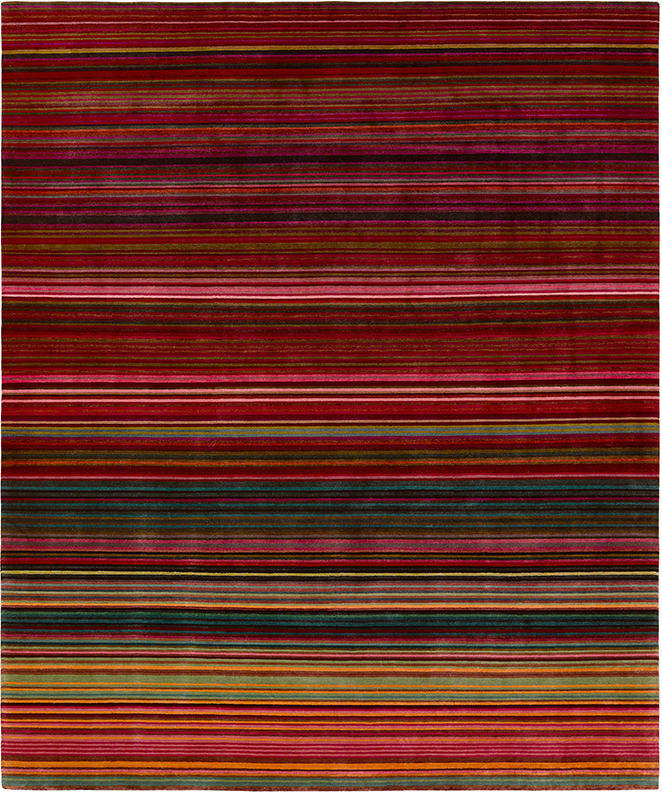
From the Reuber Henning‘s Stripes Collection, this piece is but one of a series of carpets that combine up to seventy (70) colours in layer upon layer of harmonic and unusual colour combinations. The resulting complex patterns recall the layers of time revealed in sedimentary rock, while at the same time treating honestly and in a bold straightforward manner an inherent element of carpet making: row by row weaving and knotting of a design. What better reminder of the handwork in each handknotted carpet, than a design that directly, albeit discreetly, pays homage to the very nature of carpet making?
[wc_row]
[wc_column size=”one-half” position=”first”]
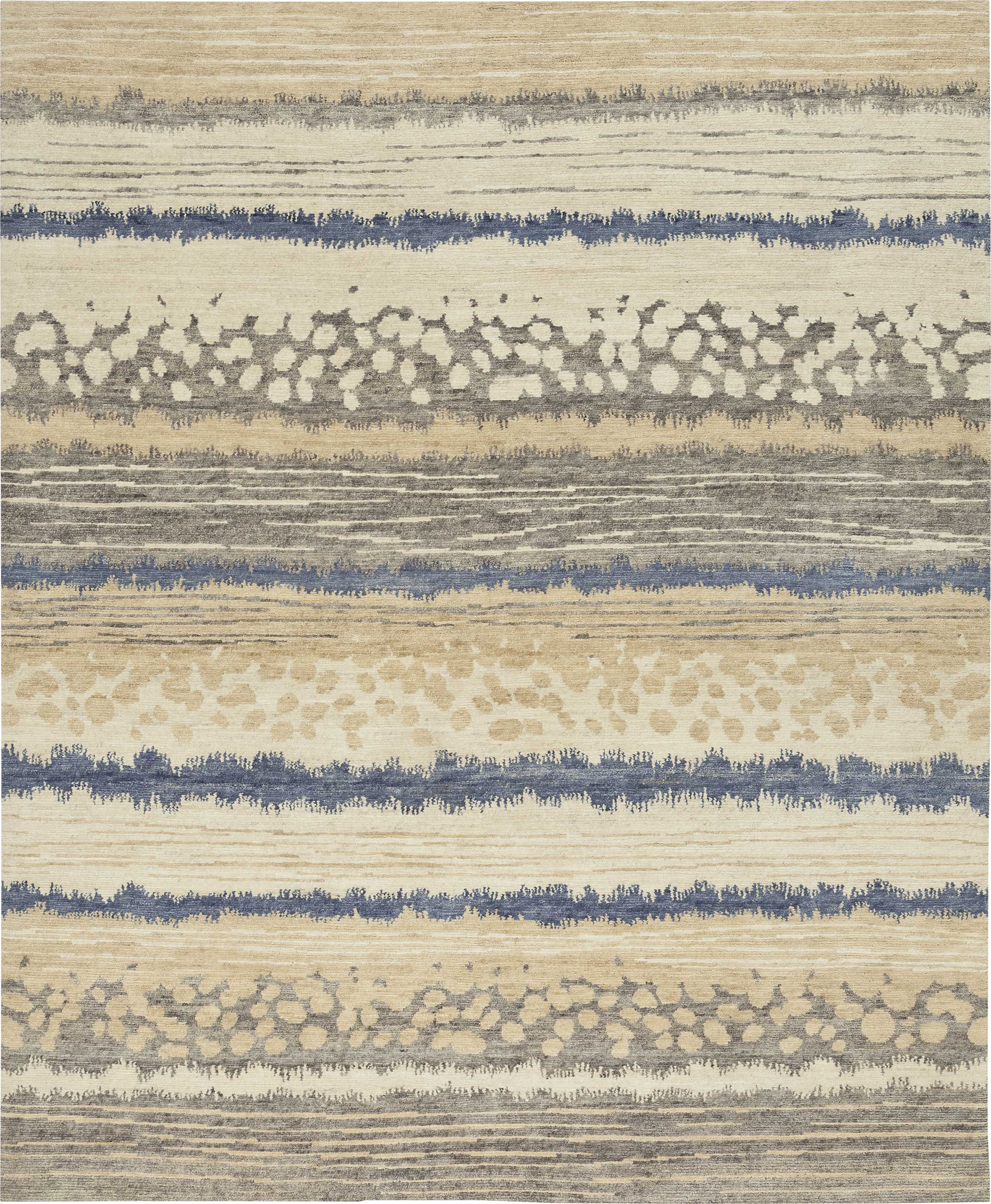
Like “Loveland” shown above, “Dwarika” from Tamarian is also reminiscent of sedimentary rock, though in a more literal and organic manner that reveals more nuanced colour variation, more visual and tactile texture, and more je ne sais quoi. The “I don”t know” is the innovative (and patented) Phoenix Weave construction that is exclusive to Tamarian. Each of the various steps necessary to make a carpet by hand, from the spinning and carding of the wool, to the dyeing, to the foundation, and even the washing are unique and “highlight that Nepal can invent, reinvent, and continue to innovate flexibly and nimbly in ways that are wholly unique to the country, despite other countries attempts at duplication.” according to Ryan Higgins of Tamarian.
[/wc_column]
[wc_column size=”one-half” position=”last”]
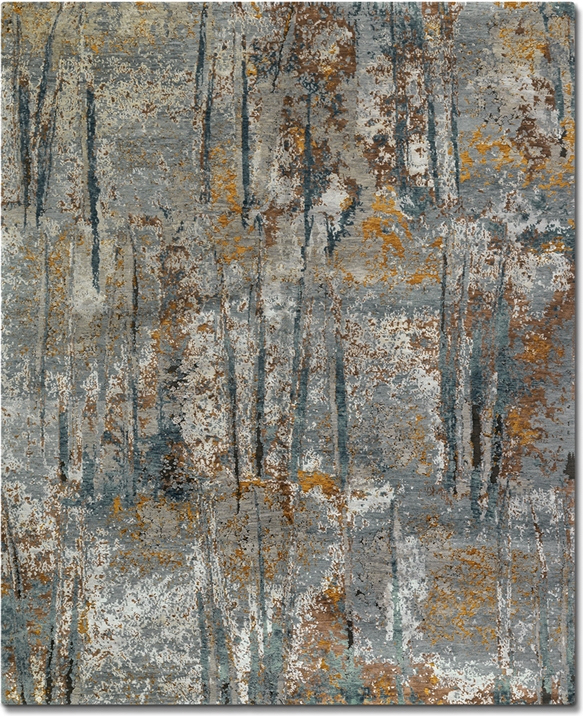
If we were to pick companies that formatively shaped the contemporary Tibetan weave rug market, Tufenkian would certainly be one of them. From their early carpets that adapted existing traditional motifs, to their groundbreaking design partnership with Barbara Barry that brought accessible style to what was still seen at the time as the “oriental rug” market, Tufenkian has consistently made highly sought after and desirable carpets that have shaped a generation of rug consumers. Luminance, as shown above in Rusty Slate, continues this tradition revealing an artfully re-imagined use of colour and texture, redolent of oxidized metal and featuring mixed piles of various colours and pile heights; it’s archetypical of Tufenkian’s relationship to the trends of carpet design.
[/wc_column]
[/wc_row]
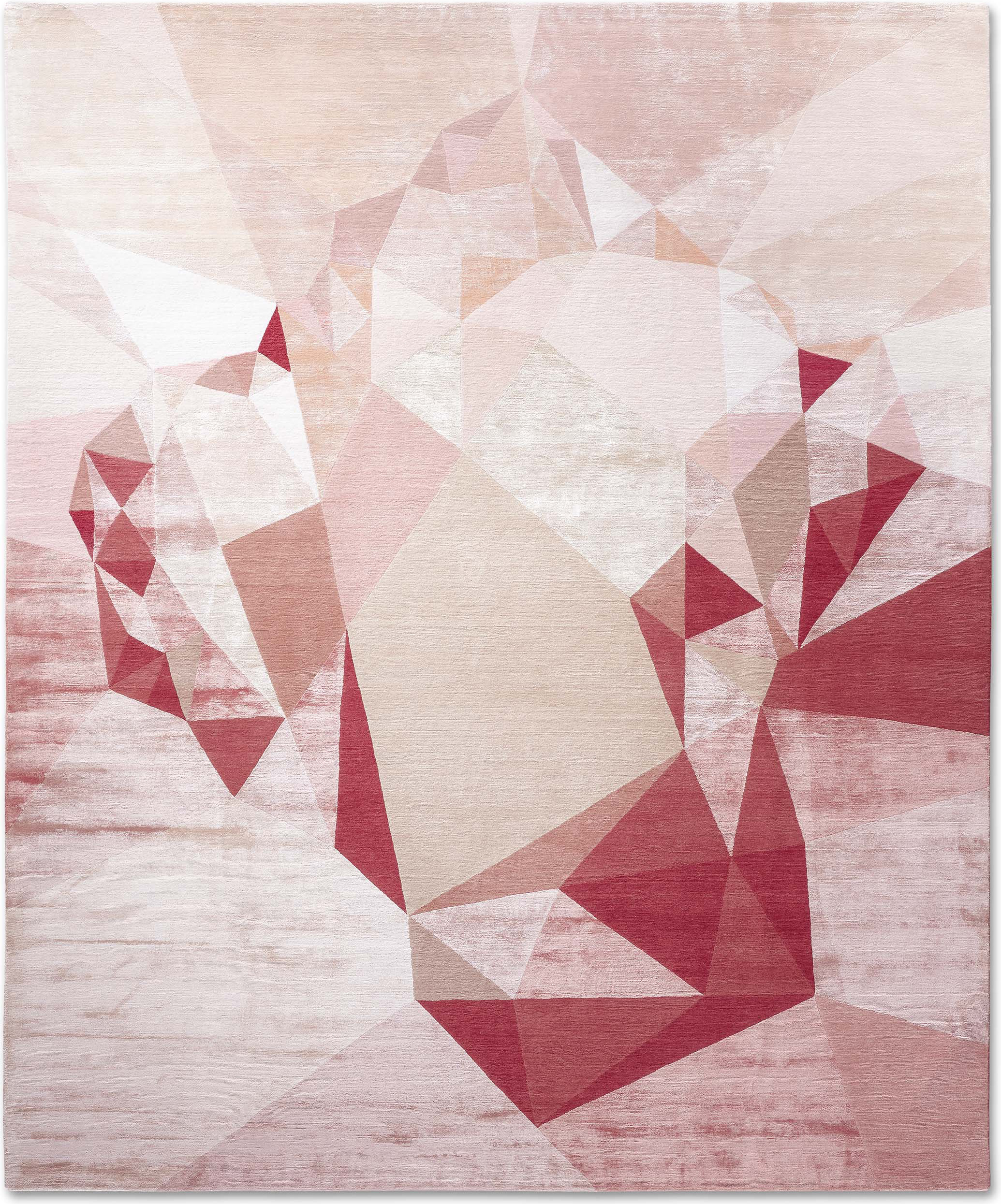
We invited everyone whose rugs and carpets you see here to participate by sharing images and stories of their favourite rugs from Nepal. The reasons behind the selections are clearly varied. Some epitomize current trends, others recall the origins of our contemporary industry, while others still (and the group as a whole) begin to codify an entire class of rugs. The simplest, most succinct reason given was by Jürgen Dahlmanns of Rug Star when submitting the image above: “Emotionally I would think that [the] design “Heart” does very much express our emotional condition towards the situation in Nepal at the moment.”
This is Part one (1) of two (2) in a series featuring the Carpets of Nepal. The second instalment will be published on Wednesday, 27 May 2015.



